Japan Post
U.S. president Donald Trump’s unclear tariff policies prompt indefinite suspension of services.
Ignoring the ringing doorbell might no longer keep you safe from the ever persistent NHK Man.
Last winter, while people in Japan were getting ready to send their nengajo (New Year greeting cards) to family and friends, Japan Post did something amazing. Instead of releasing just any ol’ stamp for the Year of the Sheep in 2015, they made what was obviously a continuation of the stamp from 12 years prior. You see, in 2003, there was a darling sheep knitting a scarf on one of their special stamps, and in 2015 that same sheep was proudly wearing the finished product.
The story was a nice, feel-good moment for many, and people starting wondering whether this was a one-time occurrence or if Japan Post was going to continue this “stamp story” two years in a row. We are happy to say that they appear to be starting a tradition, as the Year of the Monkey is also getting an adorable back-story!
On 30 April, a joint announcement was made by Apple, IBM and the nation’s private postal service Japan Post regarding a new project that aims to change the lives of Japan’s aging population.
The three companies are combining their expertise to develop a line of iPads with specialized apps for senior citizens. Designed by IBM in conjunction with elderly care services in the works by Japan Post, it is hoped that the tablet computers will help to reduce the burden on younger generations as they care for an increasing number of aged family members.
Earlier this year as the Japanese government enacted a sales tax hike, the cost of mailing a letter also increased. As a result a new 2 yen stamp had to be issued to fill the price hike, and in an effort to quell public anger, Japan Post put a picture of a cute fluffy bunny on it. Surely that’d do the trick, right?
Of course it did! In Japan, cuteness is a rock-solid commodity and the bunny stamp was a huge success. It was so popular that people came out to buy some even though they had no mail to send. And so, Japan Post set a mandate to make all of their stamps pretty before fiscal 2015.
It’s common knowledge that in order to mail something, you’ll need to know the name and rough address of the recipient, even if you’re lacking a couple of minor details. But what if, let’s say, the intended mailing destination is not in a building, but on some random corner of a street? Chances are, your mail is going to be left undelivered. Unless, it seems, you live in Japan!
Japan Post’s dedicated workers successfully delivered mail to someone whose location was “on the street”, leaving Japanese netizens in awe of their dedication and skill! But how did they do it?
The Internet is full of sample sentences and letter structures to use when writing business mail, cover letters, or press releases. They’re an invaluable resource if you wish to be taken seriously, especially when you’re not used to writing letters for professional purposes.
Now, the Japan Post is extending their helpful how-to section to include more than just business examples. They’ve got sections for season’s greetings, ceremonial matters (such as invitations and notifications), and even personal letters! Apparently, the art of letter writing is so lost on Japanese people that they require a standard format to follow for the confidence of writing to one another. There are 19 categories outlined in the personal letters section, including advice, requests, and even marriage proposals! It’s like Japan has been taken back to the days of passing notes in middle school! “Do you like me? Check yes, no, or explain your decision using the standard letter format outlined by the Japan Post.” Read More
A widespread discussion was ignited among Twitter users of Japan recently over the act of delivering pigeons through delivery services such as Yu-Pack, the courier of the Japanese post office. It started – as these things often do – with an award-winning manga writer taking a hike through the mountains.

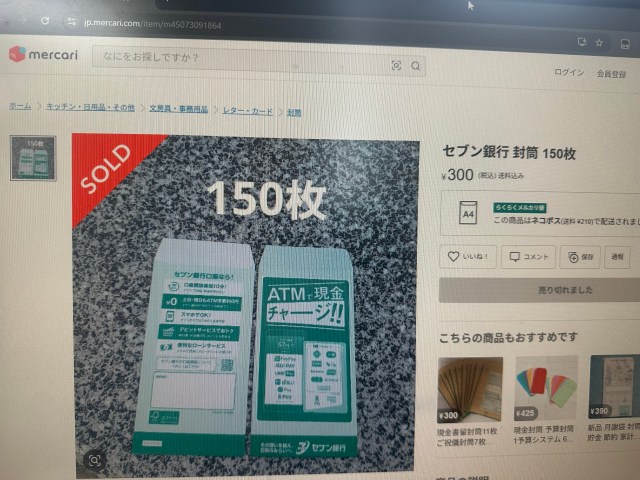

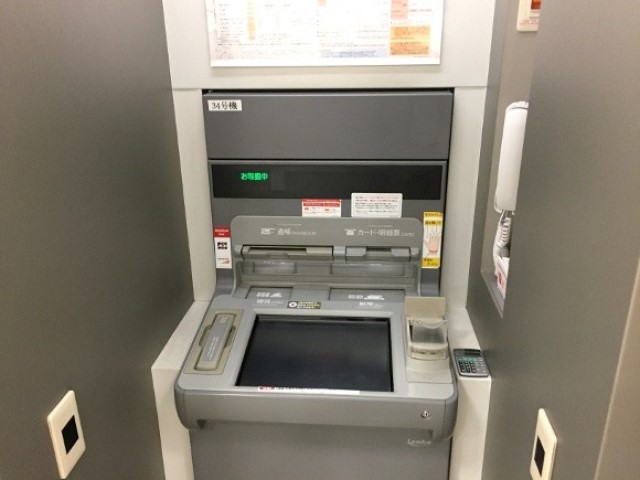


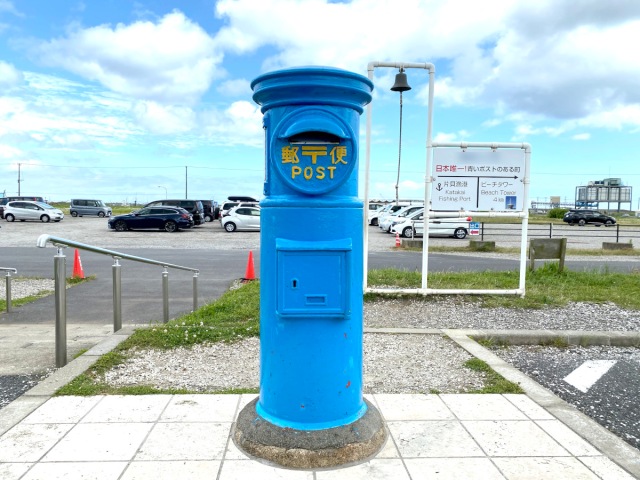

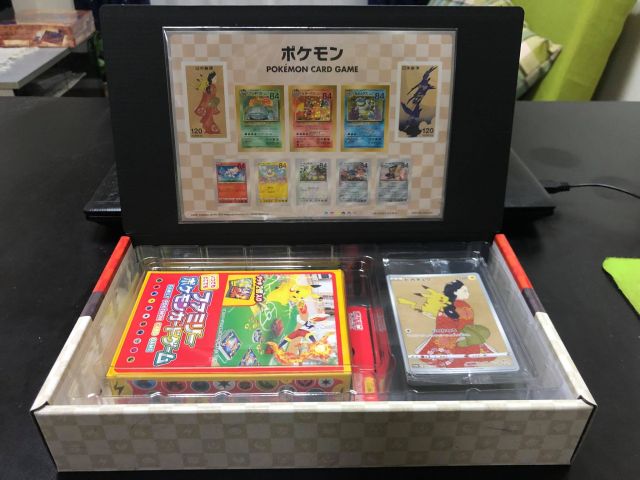
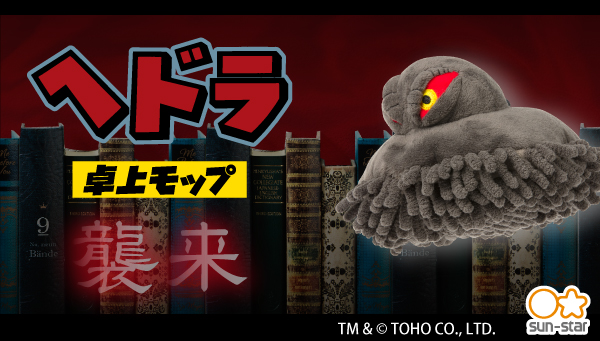
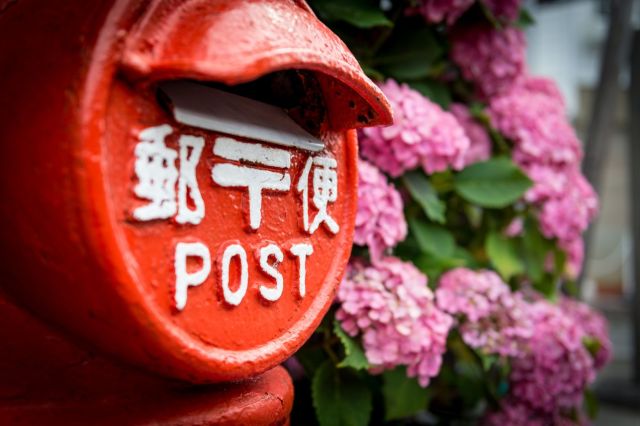
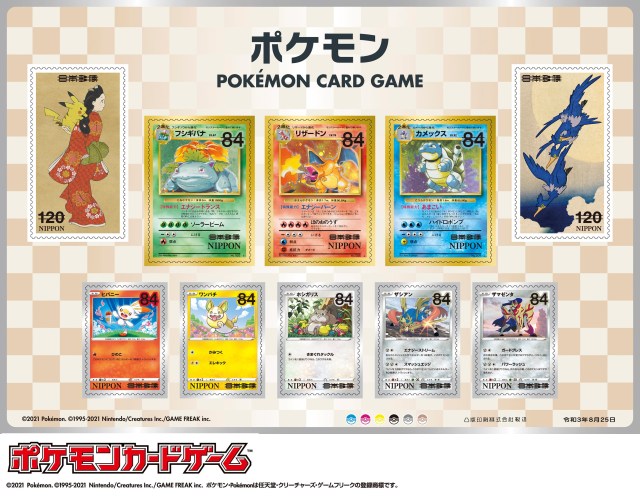
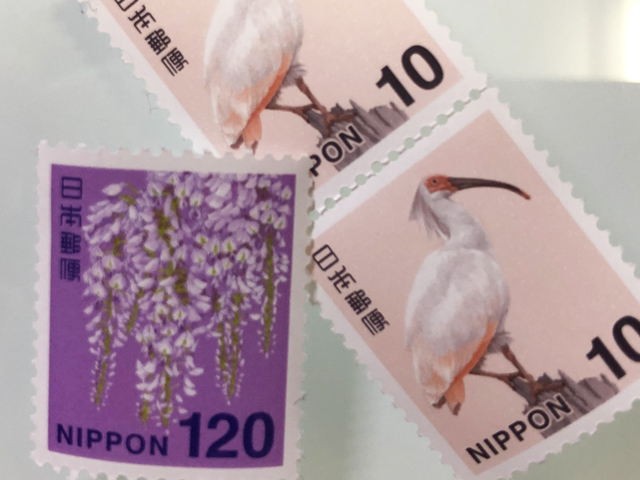
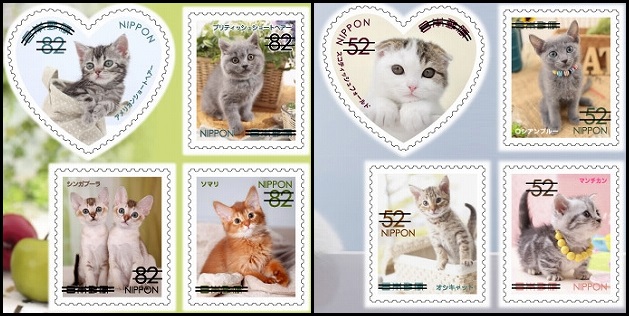

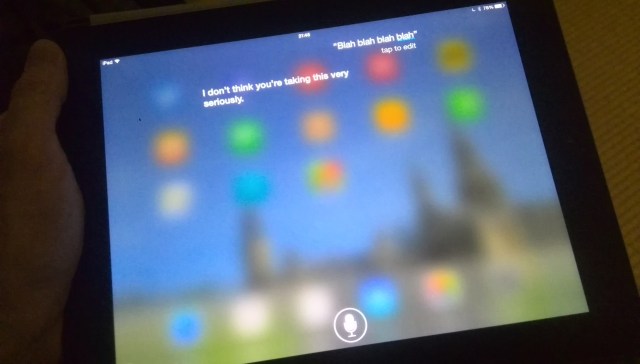
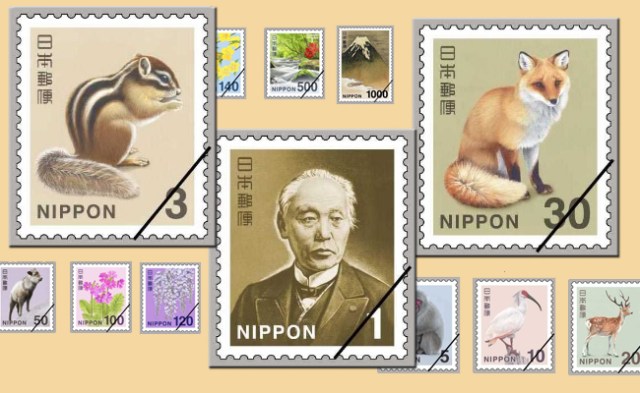
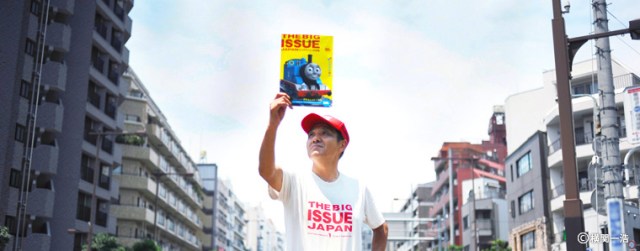
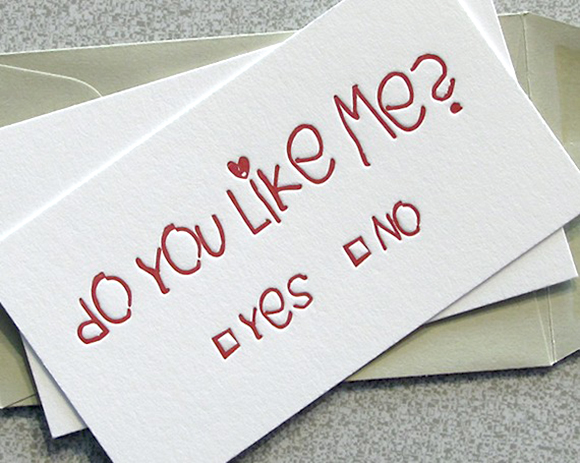
 7-Eleven Japan’s ramen-cooking robot whipped us up a bowl of noodles【Taste test】
7-Eleven Japan’s ramen-cooking robot whipped us up a bowl of noodles【Taste test】 The 5 best Japanese bento to buy at Kyoto Station
The 5 best Japanese bento to buy at Kyoto Station Photos from 140 years ago show Tokyo’s skyline was amazing long before the Skytree was ever built
Photos from 140 years ago show Tokyo’s skyline was amazing long before the Skytree was ever built Japanese avoiding domestic travel as foreign tourists increase, possibly creating vicious cycle
Japanese avoiding domestic travel as foreign tourists increase, possibly creating vicious cycle We suspected this Japanese cable car was an overpriced tourist trip, but we underestimated it
We suspected this Japanese cable car was an overpriced tourist trip, but we underestimated it The 10 best day trips from downtown Tokyo【Survey】
The 10 best day trips from downtown Tokyo【Survey】 Is this the most relaxing Starbucks in Japan?
Is this the most relaxing Starbucks in Japan? 7-Eleven Japan starts new temporary luggage storage service in over 300 branches
7-Eleven Japan starts new temporary luggage storage service in over 300 branches What does three months of Yoshinoya beef bowls do to your body? Medical study announces results
What does three months of Yoshinoya beef bowls do to your body? Medical study announces results How to make a Big Mac in Tokyo at a fraction of the price with minimal effort【SoraKitchen】
How to make a Big Mac in Tokyo at a fraction of the price with minimal effort【SoraKitchen】 Disillusionment at Tsukiji’s tourist-target prices led us to a great ramen restaurant in Tokyo
Disillusionment at Tsukiji’s tourist-target prices led us to a great ramen restaurant in Tokyo Starbucks teams up with 166-year-old Kyoto doll maker for Year of the Horse decorations【Photos】
Starbucks teams up with 166-year-old Kyoto doll maker for Year of the Horse decorations【Photos】 Japan may add Japanese language proficiency, lifestyle classes to permanent foreign resident requirements
Japan may add Japanese language proficiency, lifestyle classes to permanent foreign resident requirements Starbucks Japan releases new zodiac chilled cup drink for 2026
Starbucks Japan releases new zodiac chilled cup drink for 2026 Lacquerware supplier to emperor of Japan and Pokémon team up for new tableware
Lacquerware supplier to emperor of Japan and Pokémon team up for new tableware Tokyo’s Tsukiji sushi neighborhood asks tour groups to stay away for the rest of the month
Tokyo’s Tsukiji sushi neighborhood asks tour groups to stay away for the rest of the month Starbucks on a Shinkansen bullet train platform: 6 tips for using the automated store in Japan
Starbucks on a Shinkansen bullet train platform: 6 tips for using the automated store in Japan Street Fighter Hadouken Churros to be launched and eaten in Tokyo, Okami pudding on offer too
Street Fighter Hadouken Churros to be launched and eaten in Tokyo, Okami pudding on offer too Japan’s human washing machines will go on sale to general public, demos to be held in Tokyo
Japan’s human washing machines will go on sale to general public, demos to be held in Tokyo Japanese train company is letting fans buy its actual ticket gates for their homes
Japanese train company is letting fans buy its actual ticket gates for their homes Tokyo considering law requiring more trash cans following litter increase in heavily touristed area
Tokyo considering law requiring more trash cans following litter increase in heavily touristed area Nintendo’s Kirby now delivering orders at Kura Sushi restaurants, but not in Japan
Nintendo’s Kirby now delivering orders at Kura Sushi restaurants, but not in Japan Tokyo event lets you travel back in time, for free, to celebrate 100 years since Showa era start
Tokyo event lets you travel back in time, for free, to celebrate 100 years since Showa era start Sanrio theme park in Japan announces plans to expand into a Sanrio resort
Sanrio theme park in Japan announces plans to expand into a Sanrio resort Survey asks foreign tourists what bothered them in Japan, more than half gave same answer
Survey asks foreign tourists what bothered them in Japan, more than half gave same answer Japan’s deadliest food claims more victims, but why do people keep eating it for New Year’s?
Japan’s deadliest food claims more victims, but why do people keep eating it for New Year’s? We deeply regret going into this tunnel on our walk in the mountains of Japan
We deeply regret going into this tunnel on our walk in the mountains of Japan Studio Ghibli releases Kodama forest spirits from Princess Mononoke to light up your home
Studio Ghibli releases Kodama forest spirits from Princess Mononoke to light up your home Major Japanese hotel chain says reservations via overseas booking sites may not be valid
Major Japanese hotel chain says reservations via overseas booking sites may not be valid Put sesame oil in your coffee? Japanese maker says it’s the best way to start your day【Taste test】
Put sesame oil in your coffee? Japanese maker says it’s the best way to start your day【Taste test】 The top 10 annoying foreign tourist behaviors on trains, as chosen by Japanese people【Survey】
The top 10 annoying foreign tourist behaviors on trains, as chosen by Japanese people【Survey】 No more using real katana for tourism activities, Japan’s National Police Agency says
No more using real katana for tourism activities, Japan’s National Police Agency says Starbucks Japan reveals new sakura drinkware collection, inspired by evening cherry blossoms
Starbucks Japan reveals new sakura drinkware collection, inspired by evening cherry blossoms The 10 best day trips from downtown Tokyo【Survey】
The 10 best day trips from downtown Tokyo【Survey】 Is this the most relaxing Starbucks in Japan?
Is this the most relaxing Starbucks in Japan? 7-Eleven Japan starts new temporary luggage storage service in over 300 branches
7-Eleven Japan starts new temporary luggage storage service in over 300 branches What does three months of Yoshinoya beef bowls do to your body? Medical study announces results
What does three months of Yoshinoya beef bowls do to your body? Medical study announces results How to make a Big Mac in Tokyo at a fraction of the price with minimal effort【SoraKitchen】
How to make a Big Mac in Tokyo at a fraction of the price with minimal effort【SoraKitchen】 Lacquerware supplier to emperor of Japan and Pokémon team up for new tableware
Lacquerware supplier to emperor of Japan and Pokémon team up for new tableware Nearly half of young Japanese men in survey have never had a girlfriend, zero-boyfriend women rise too
Nearly half of young Japanese men in survey have never had a girlfriend, zero-boyfriend women rise too Dragon Quest Burgers and Slime drinks are coming to McDonald’s Japan【Video】
Dragon Quest Burgers and Slime drinks are coming to McDonald’s Japan【Video】 The etiquette rules for visiting Shinto shrines in Japan
The etiquette rules for visiting Shinto shrines in Japan Starbucks Japan releases new zodiac chilled cup drink for 2026
Starbucks Japan releases new zodiac chilled cup drink for 2026 This hot springs town in Japan sets fire across a mountain every winter in a beautiful tradition
This hot springs town in Japan sets fire across a mountain every winter in a beautiful tradition Drunk cycling can result in an instantly suspended driver’s license in Japan
Drunk cycling can result in an instantly suspended driver’s license in Japan